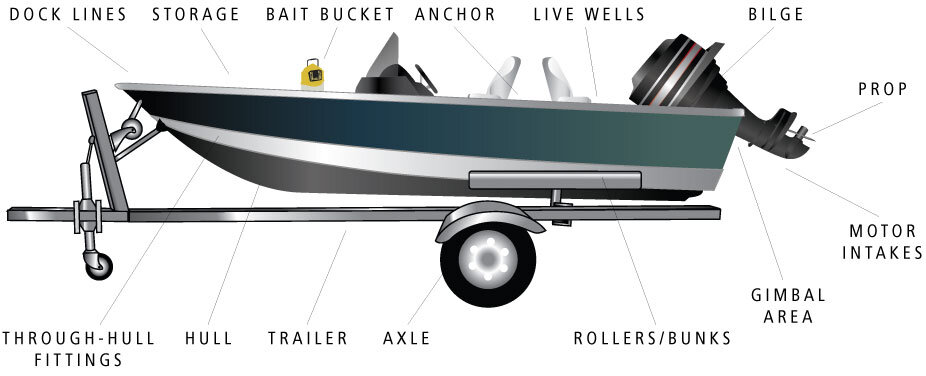Aquatic Invasive Species
Restore. Protect. Enhance.
What is AIS?
Aquatic Invasive Species (AIS) are non-native plants, animals, and pathogens that thrive in a new environment and can cause economic loss, environmental damage, and harm to human health. AIS to watch out for in our area are Starry Stonewort, Eurasian Watermilfoil, Curly-leaf pondweed, Zebra Mussels, Invasive Carp and Spiny Waterflea. For specific species information, see the DNR invasive species page.
laws associated with AIS
When boating or fishing in Minnesota, protect your waters by following state aquatic invasive species laws.
CLEAN all aquatic plants and animals from watercraft, trailer and water-related equipment before leaving any waterbody.
DRAIN all water-related equipment including boats, ballast tanks, bait containers, and motor. Keep drain plugs out and water-draining devices open while transporting watercraft.
DISPOSE of unwanted bait, including minnows, leeches, and worms, in the trash. It is illegal to release bait into a waterbody. If you want to keep your bait, you must refill the bait container with bottled water.
How can I help stop the spread of AIS?
Clean, Drain, Dry
Do not dump your aquarium, water garden plants, or animals into a body of water
Do not dump minnows in a body of water including during ice fishing.
Areas of a boat to be inspected after leaving a body of water.
The Anoka County AIS Program
In the 2014 Session Law Chapter 308 enacted by the Legislature provides Minnesota counties a grant to create a program for Aquatic Invasive Species (AIS) prevention. The amount designated for each county is based on the number of watercraft trailer launches as well as the number of watercraft trailer parking spaces within each county. Anoka County Parks work to prevent and slow the spread of AIS utilizing a comprehensive approach of education, early detection, monitoring, and prevention.



